Modeled
Wind Forced Responses
To model the effects of wind forcing on Great South Bay we first note
that there are two aspects of the problem that can be somewhat
separated. The first is the effect of local wind forcing
independent of what is happening over the continental
shelf. In this regard, the along Bay wind component is the
most important. The second aspect is how the Bay responds to the
coastal set-up or set-down over the shelf. This latter aspect is
similar in many respects to tidal forcing although it is often
associated with longer time scales resulting in less attenuation.
To address the wind-forced issue we have divided up problem into the
local problem addressing only the locally forced response using
spatially uniform winds. Later we will combine coastal ocean
elevation response to large scale events with the local forcing.
For the moment we will look at the along-Bay wind forced responses
under constant winds and then examine the response to an actual
Nor-easter which includes time varying wind stress amplitude and
direction.
Constant Along-Bay
Winds
To examine the response to along-Bay winds, the model was hot-started
from the end of the initial runs of 200,000 internal step (~155 hrs)
and run for another 50,000 steps (~39 hrs) under constant stresses from
7.5 m/sec (~15 kts) winds toward either 255o T or 75oT.
While this wind speed is well below storm magnitudes, it is typical of
summertime sea breezes and moderate low pressure systems that affect
the area. The plots shown below are M2 tidal
means computed from the last 12.4 hrs of the runs. The sealevel
and currents qucikly settle into an equilibrium condition but the
salinities are clearly undergoing change as the flushing of the Bay
continues, characterized by inflow through the upwind inlet(s) and
outflow through the downwind inlet(s).
Westward
Wind Forcing:
Current Conditions under 7.5 m/s Westward (255o T) Winds
Tidal-Mean Currents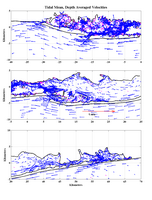 |
Tidal-Mean Streamlines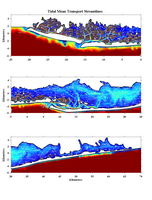 |
Tidal-Mean
Elevation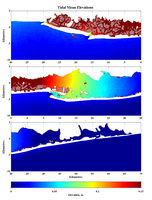 |
Tidal-Mean
Salinity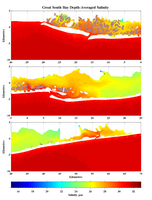 |
Old Inlet Breach Scenario under 7.5 m/s Westward (255o T)
Winds
Tidal-Mean Currents |
Tidal-Mean Streamlines |
Tidal-Mean
Elevation |
Tidal-Mean
Salinity |
Atlantique Breach Scenario under 7.5 m/s Westward (255o T)
Winds
Tidal-Mean Currents |
Tidal-Mean Streamlines |
Tidal-Mean
Elevation |
Tidal-Mean
Salinity |
Eastward
Wind Forcing:
Current Conditions
under 7.5 m/s
Eastward (75o T) Winds
Tidal-Mean Currents |
Tidal-Mean Streamlines |
Tidal-Mean
Elevation |
Tidal-Mean
Salinity |
Old Inlet Breach
under 7.5 m/s
Eastward (75o T) Winds
Tidal-Mean Currents |
Tidal-Mean Streamlines |
Tidal-Mean
Elevation |
Tidal-Mean
Salinity |
Tidal-Mean Currents |
Tidal-Mean Streamlines |
Tidal-Mean
Elevation |
Tidal-Mean
Salinity |
Vertical
Sections

(1)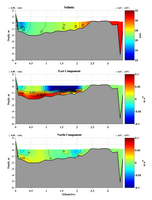 |
(2)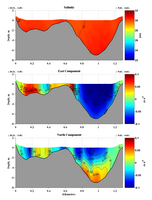 |
(3)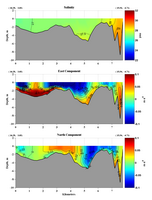 |
(4)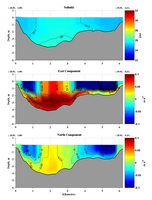 |
(5)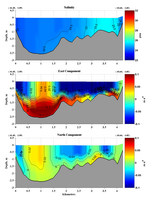 |
(6)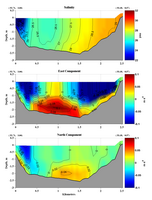 |
(1)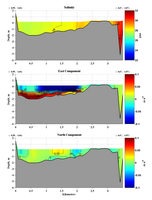 |
(2)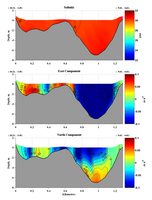 |
(3)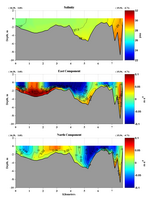 |
(4)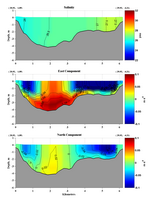 |
(5)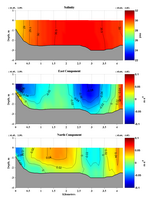 |
(6)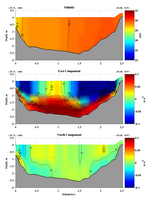 |
(1)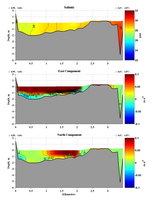 |
(2)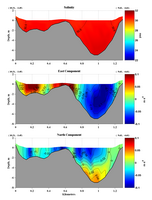 |
(3)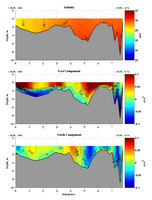 |
(4)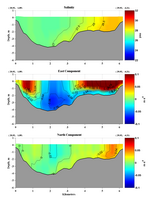 |
(5)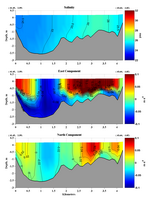 |
(6)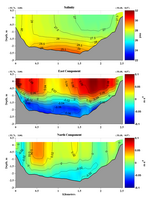 |
Eastward
Wind Forcing:
(1)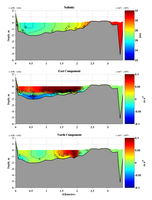 |
(2)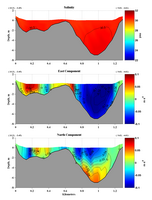 |
(3)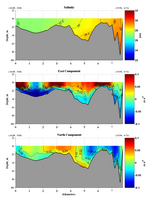 |
(4)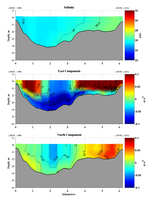 |
(5)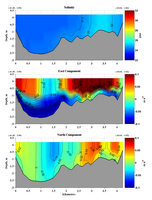 |
(6)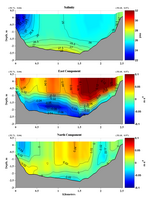 |
(1)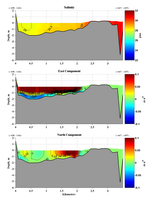 |
(2)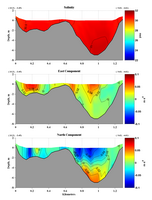 |
(3)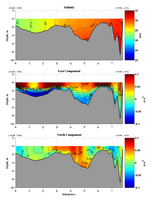 |
(4)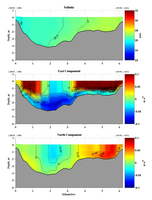 |
(5)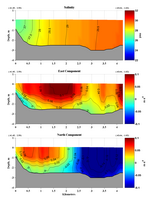 |
(6)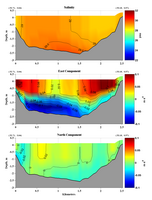 |
(1) |
(2) |
(3) |
(4) |
(5) |
(6) |